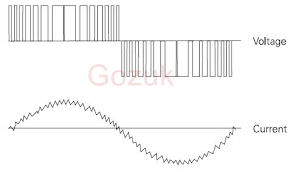- Joined
- Sep 6, 2022
- Messages
- 12
More to the subject - yes, I know a VFD can convert 1ph to 3ph - this is my goal however I'm curious, is there more to the "Type" of 3ph power being supplied? Can I not just set my VFD at 60hz and bring 3ph 220v power into the back of my lathe to run the internal electrics as the MFG intended? all the mag switches and transformers working as planned? or is there more to this and I need to essentially bypass all the factory switches.
I have VFD's on a couple other machines - a 3hp mill and a 2hp belt grinder - both of these are wired to give me speed variation on the dial. I don't "Really" need the complication in the Lathe - just need the 3ph power. The VFD was cheaper than a digital phase converter - so I went with the VFD. Can it be dumbed down to just sit there and send me power, fixed at 60hz?
I have VFD's on a couple other machines - a 3hp mill and a 2hp belt grinder - both of these are wired to give me speed variation on the dial. I don't "Really" need the complication in the Lathe - just need the 3ph power. The VFD was cheaper than a digital phase converter - so I went with the VFD. Can it be dumbed down to just sit there and send me power, fixed at 60hz?


